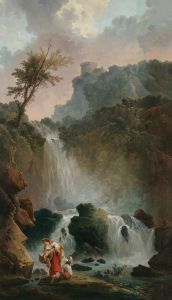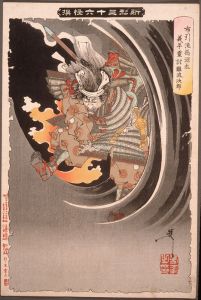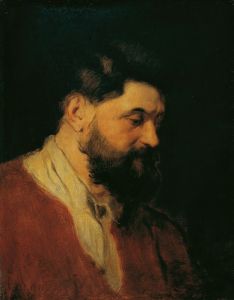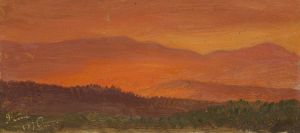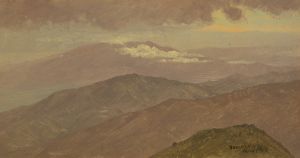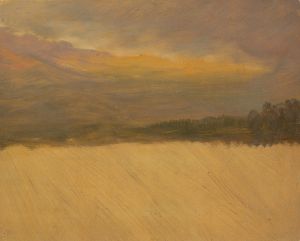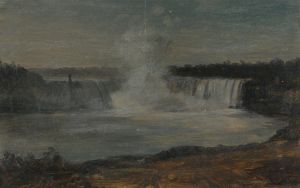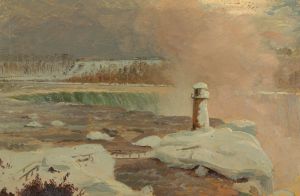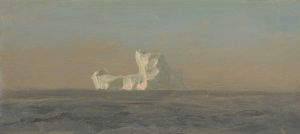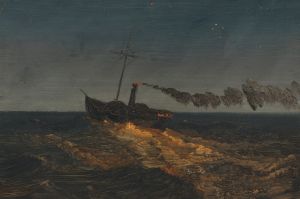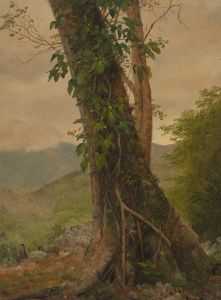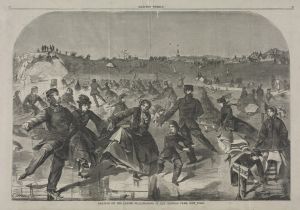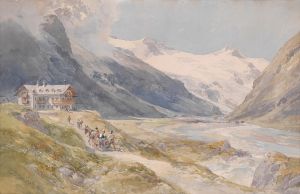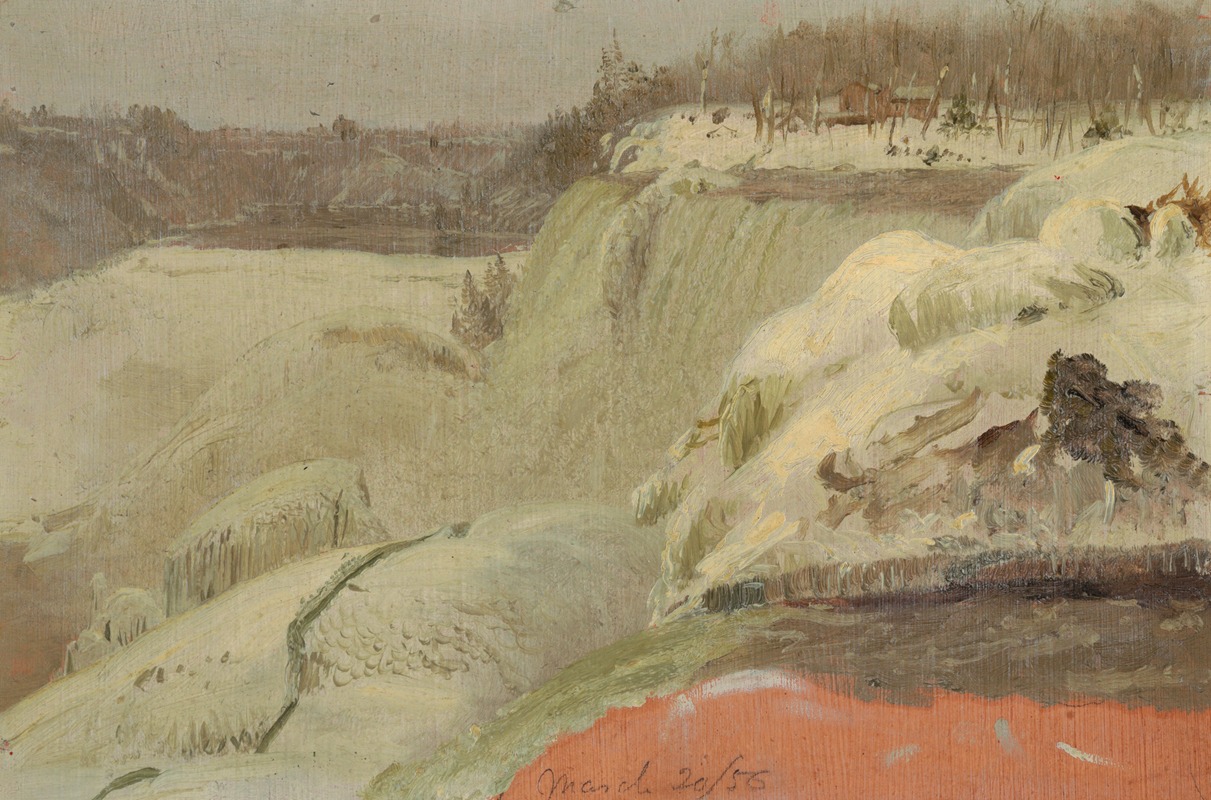
Niagara Falls in the Snow, seen from Goat Island
A hand-painted replica of Frederic Edwin Church’s masterpiece Niagara Falls in the Snow, seen from Goat Island, meticulously crafted by professional artists to capture the true essence of the original. Each piece is created with museum-quality canvas and rare mineral pigments, carefully painted by experienced artists with delicate brushstrokes and rich, layered colors to perfectly recreate the texture of the original artwork. Unlike machine-printed reproductions, this hand-painted version brings the painting to life, infused with the artist’s emotions and skill in every stroke. Whether for personal collection or home decoration, it instantly elevates the artistic atmosphere of any space.
"Niagara Falls in the Snow, seen from Goat Island" is a painting by Frederic Edwin Church, a prominent American landscape artist associated with the Hudson River School. This art movement, active during the mid-19th century, emphasized detailed, romanticized depictions of nature, often highlighting the sublime and spiritual qualities of the American landscape.
Frederic Edwin Church was known for his grand and meticulously detailed landscapes, often inspired by his travels and observations of natural wonders. Niagara Falls was a recurring subject in his work, as it symbolized the power and majesty of the American wilderness. Church first painted Niagara Falls in 1857 with his famous work "Niagara," which captured the grandeur of the falls from a dramatic perspective. "Niagara Falls in the Snow, seen from Goat Island" is another example of his fascination with this iconic landmark.
This particular painting depicts Niagara Falls during winter, as seen from Goat Island, a small island that divides the American and Horseshoe Falls. The scene captures the falls surrounded by snow and ice, emphasizing the interplay of water, light, and the frozen landscape. Church's attention to detail and his ability to convey the atmospheric conditions of the scene are evident in this work. The painting reflects his skill in portraying the natural world with both scientific precision and artistic sensitivity.
The exact date of the painting's creation is not widely documented, but it is consistent with Church's broader body of work, which often explored themes of natural beauty and the sublime. Goat Island, the vantage point for this painting, was a popular location for visitors to view Niagara Falls during the 19th century and remains so today.
As with many of Church's works, this painting likely reflects his interest in capturing the interplay of light and color in nature. His use of oil paints allowed him to achieve a luminous quality, which enhances the sense of realism and awe in the scene. The winter setting adds a unique dimension to the depiction of Niagara Falls, contrasting the dynamic movement of the water with the stillness of the snow-covered surroundings.
"Niagara Falls in the Snow, seen from Goat Island" exemplifies Church's mastery of landscape painting and his ability to evoke the grandeur of the natural world. While the painting is not as widely discussed as some of his other works, it remains a testament to his artistic vision and technical skill.





